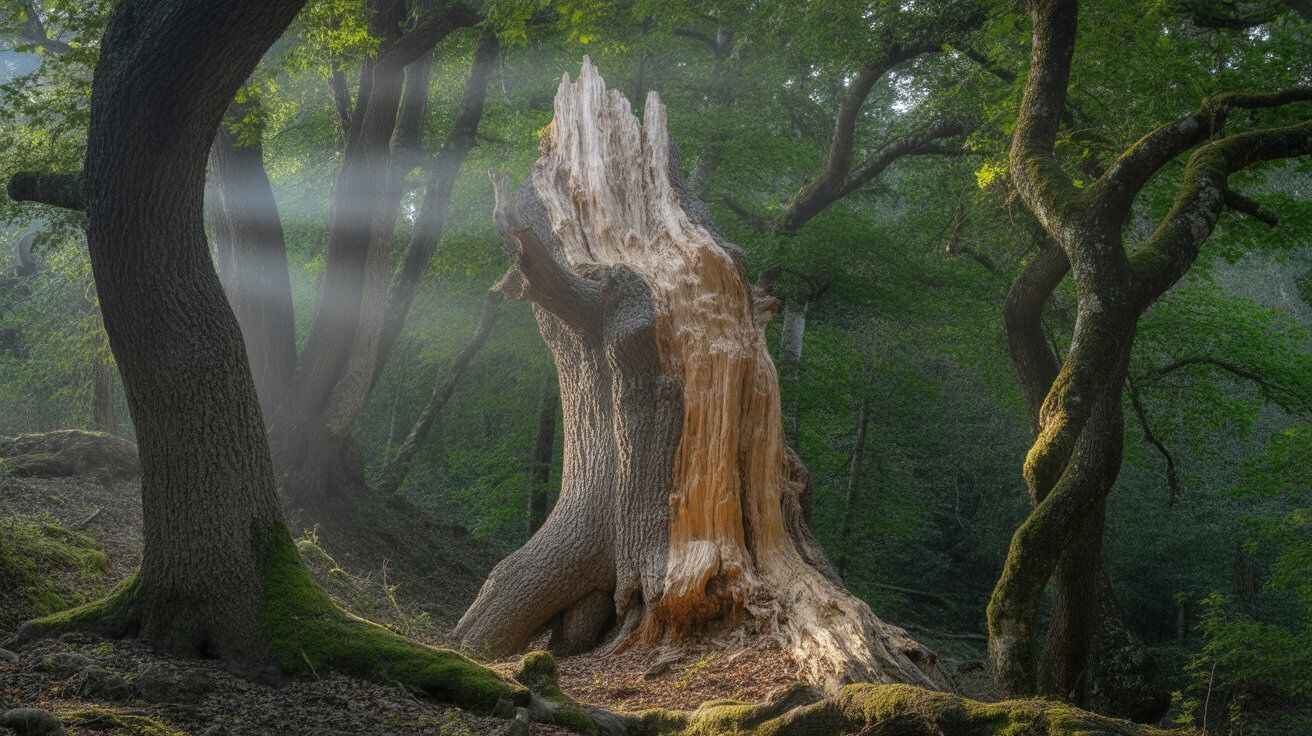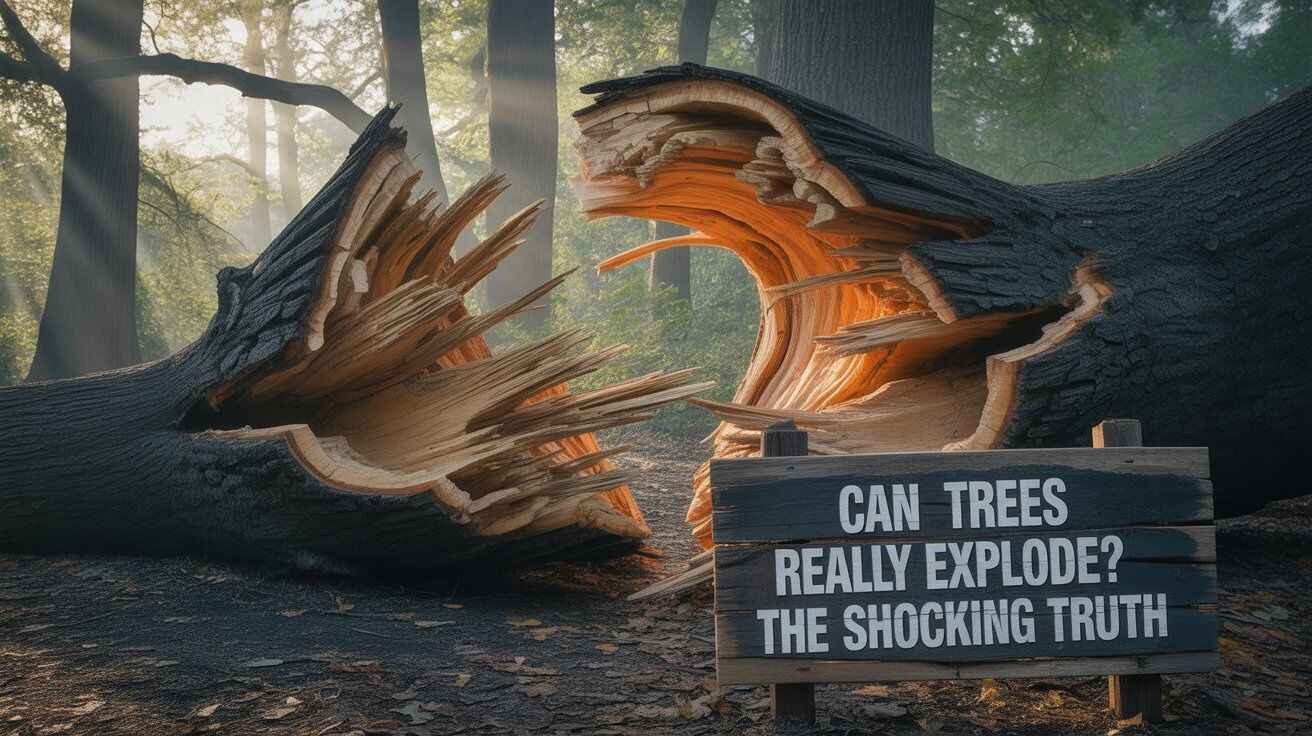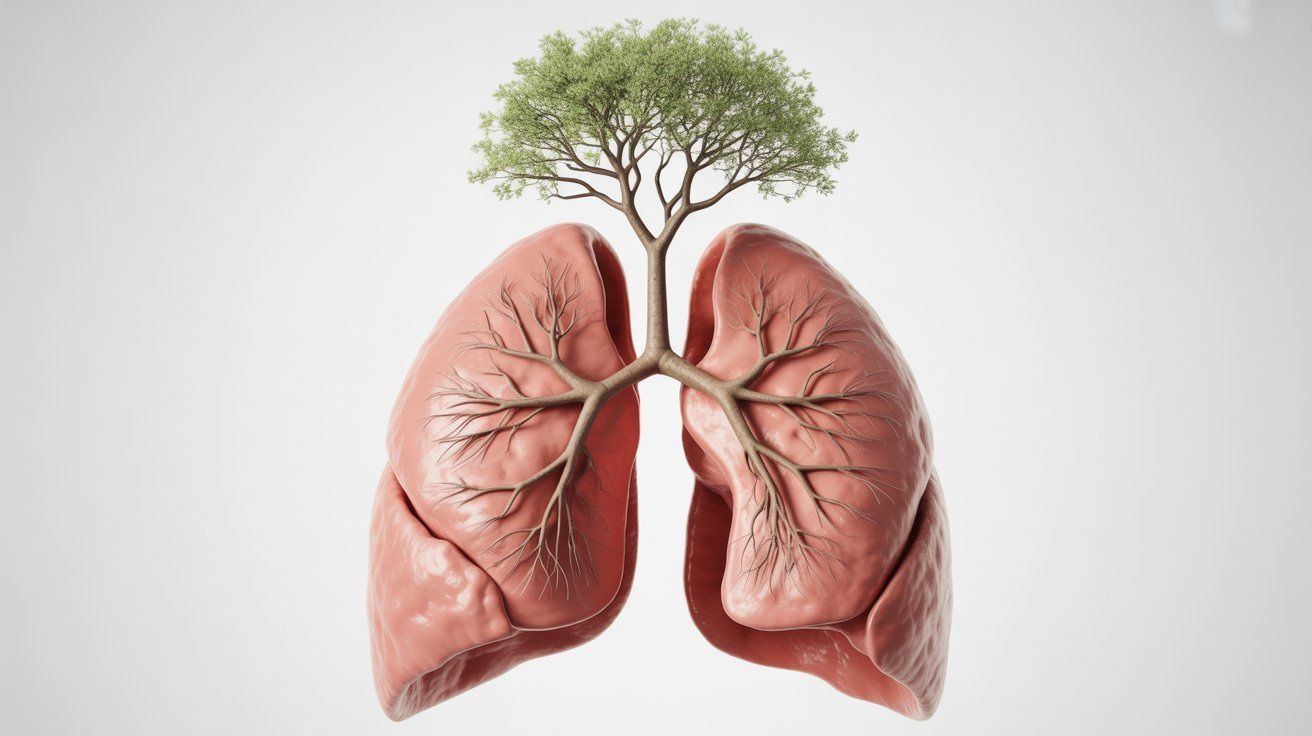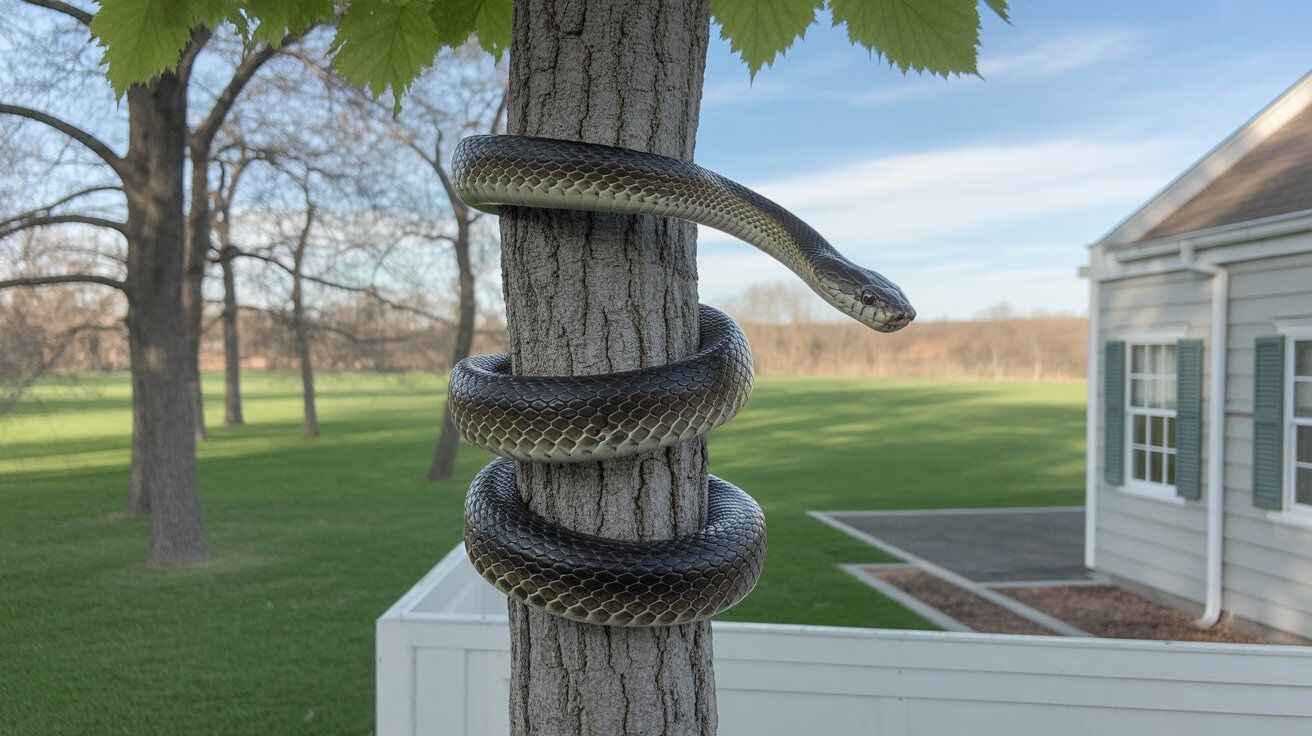Can a tree live without bark? Learn how bark loss, girdling, phloem damage, recovery, and care techniques affect tree survival.
Can a Tree Live Without Bark?
The question can a tree live without bark depends on how much bark loss occurs. Bark is not just decoration; it protects the trunk and carries food through the phloem. When only a small area is damaged, the tree may survive by sealing the wound.
But if the trunk is girdled—meaning bark is removed in a complete ring—the tree usually dies. Without bark, nutrient transport stops, leaving the roots unable to sustain life.
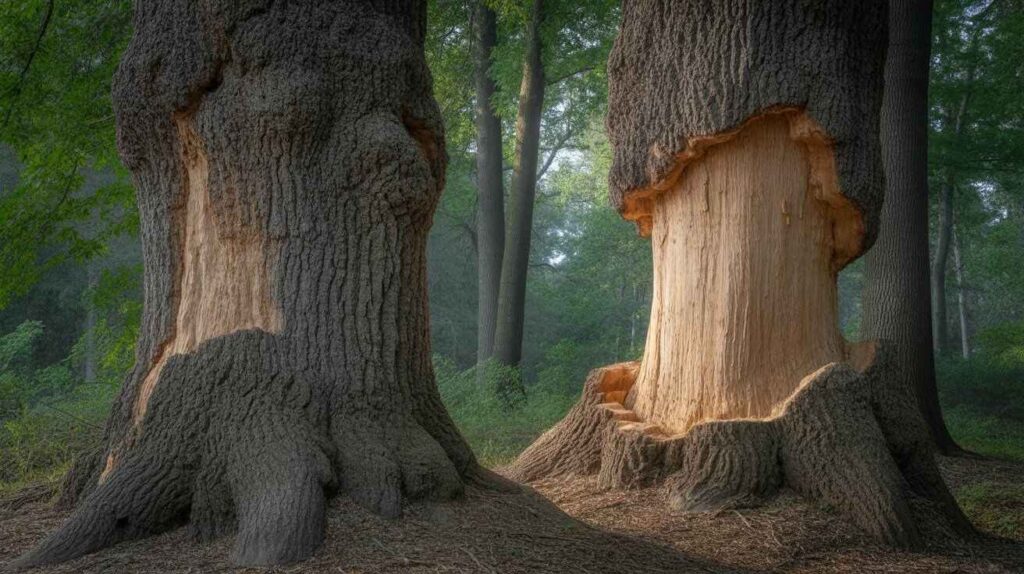
Bark’s Role in Tree Health
The bark of a tree is more than a rough outer coat. The outer bark shields the trunk from weather, pests, and fungal infection. Just beneath lies the phloem, which transports sugars from leaves to roots. The thin cambium layer produces new cells that keep the tree growing, while the xylem carries water upward.
Together, these tissues form the tree’s vascular system. Without healthy bark, protection and nutrient transport fail, making it nearly impossible for the tree to survive.
What Happens When Bark Is Lost or Removed
When bark is stripped away, a tree loses its first defense against insects, disease, and decay. More importantly, the phloem layer is damaged, cutting off the flow of sugars from leaves to roots. If the injury is partial, the tree may attempt compartmentalization, sealing the wound to prevent infection.
But in severe cases, especially when the trunk is completely girdled, the disruption of nutrient transport causes rapid decline. Bark loss exposes the vulnerable inner wood and weakens long-term survival.
Tree Recovery Potential and Limits
| Extent of Bark Loss | Tree Response | Impact on Health | Survival Likelihood |
|---|---|---|---|
| < 25% of Bark Missing | Forms protective tissue via compartmentalization | Minimal disruption to nutrient transport | 🌱 High – most trees recover |
| Partial Girdling / Moderate Wound | Slower growth, weakened defense | Reduced nutrient flow, minor stress | ⚠️ Moderate – depends on species & care |
| Large Wounds / Severe Damage | Compromised defense, limited healing | Significant stress, vulnerability to pests & fungi | ❌ Low – survival unlikely |
| Full Girdling / Complete Trunk Circumference | Bark loss around entire trunk | Nutrient transport blocked | 🚫 Very Low – tree usually dies |
| Minor Edge Healing | Some regrowth at wound margins | Slight protective benefit | 🌿 Possible, but true bark regeneration rare |
Repair Techniques and Best Practices
When a tree suffers bark damage, quick action can improve survival. One effective method is bridge grafting, where new shoots connect the phloem above and below the wound to restore nutrient flow. Bark tracing can also help by smoothing torn edges to reduce infection.
Proper tree wound care avoids harmful paints or sealants, which can trap moisture and encourage fungal infection. For severe bark loss or complete girdling, consulting a professional arborist is the safest approach.
Factors That Influence Survival Without Bark
The survival of a tree after bark loss depends on several factors. Species type plays a major role—some trees resist injury better than others. The tree’s age and overall health also matter, as younger trees may recover more easily.
The size and location of the wound influence outcomes, with damage at the base often more serious. External stress such as drought, pests, or fungal infection can worsen decline. Together, these factors determine whether a tree can live without bark.
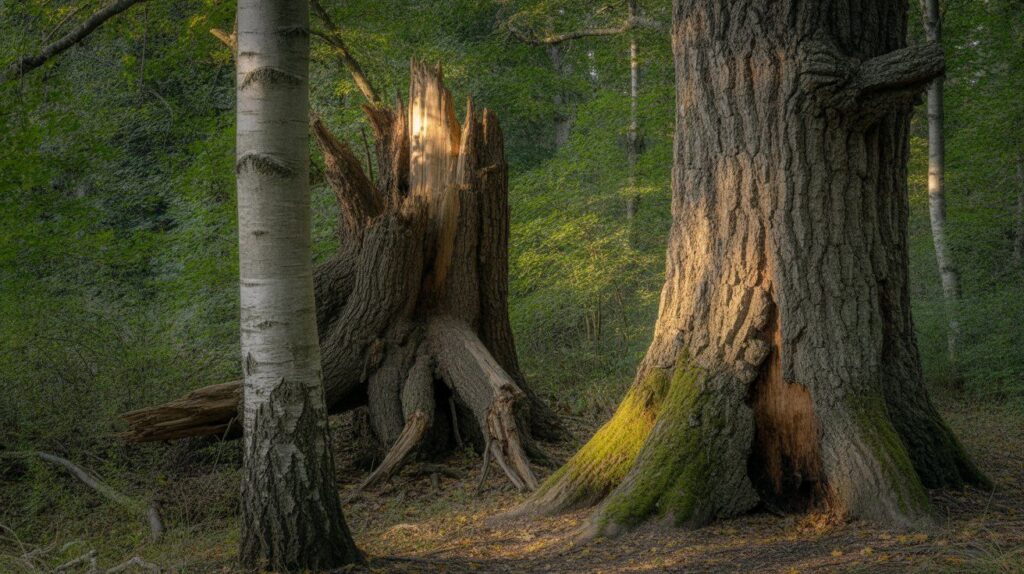
When Bark Loss Becomes Fatal
Complete bark loss, known as girdling, is usually fatal for trees. When bark is removed in a full ring around the trunk, the phloem is destroyed, halting the flow of sugars from leaves to roots. Without this supply, roots die, and soon the entire tree declines.
Visible symptoms include leaf yellowing, dieback, and slowed growth. Unlike partial wounds, a fully girdled tree cannot heal naturally. Without immediate repair, the loss of nutrient transport makes survival impossible.
Final Thoughts — Bark Loss and Tree Fate
So, can a tree live without bark? The answer depends on the extent of the damage. Trees can sometimes survive partial bark loss, especially if wounds are small and the tree is otherwise healthy. But once the trunk is completely girdled, the loss of phloem prevents sugar transport, and the tree usually dies.
Because bark is essential for protection and nutrient flow, even minor injuries should be taken seriously. Quick action and proper tree care can make all the difference.
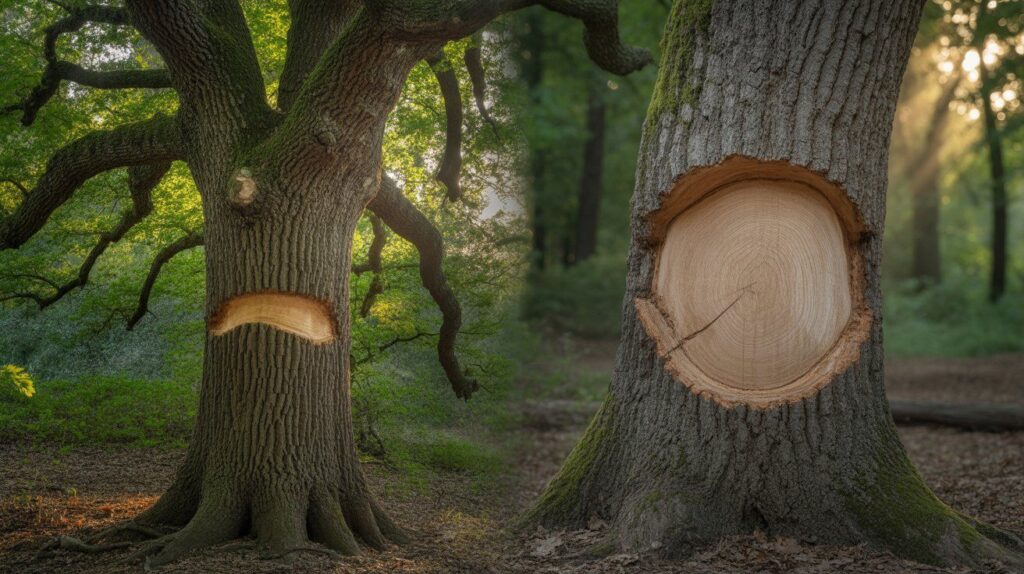
FAQ: Can a Tree Live Without Bark?
Q1: Can trees survive without bark?
Partial bark loss may be survivable, but complete girdling usually kills the tree.
Q2: Why is bark important?
It protects the tree and the phloem transports sugars from leaves to roots.
Q3: What happens when bark is lost?
Nutrient flow stops, leaving roots unable to support the tree; the trunk becomes vulnerable to pests and disease.
Q4: Can trees recover?
Small wounds may heal; techniques like bridge grafting help.
Q5: What factors affect survival?
Species, age, health, wound size, and external stress determine outcomes.
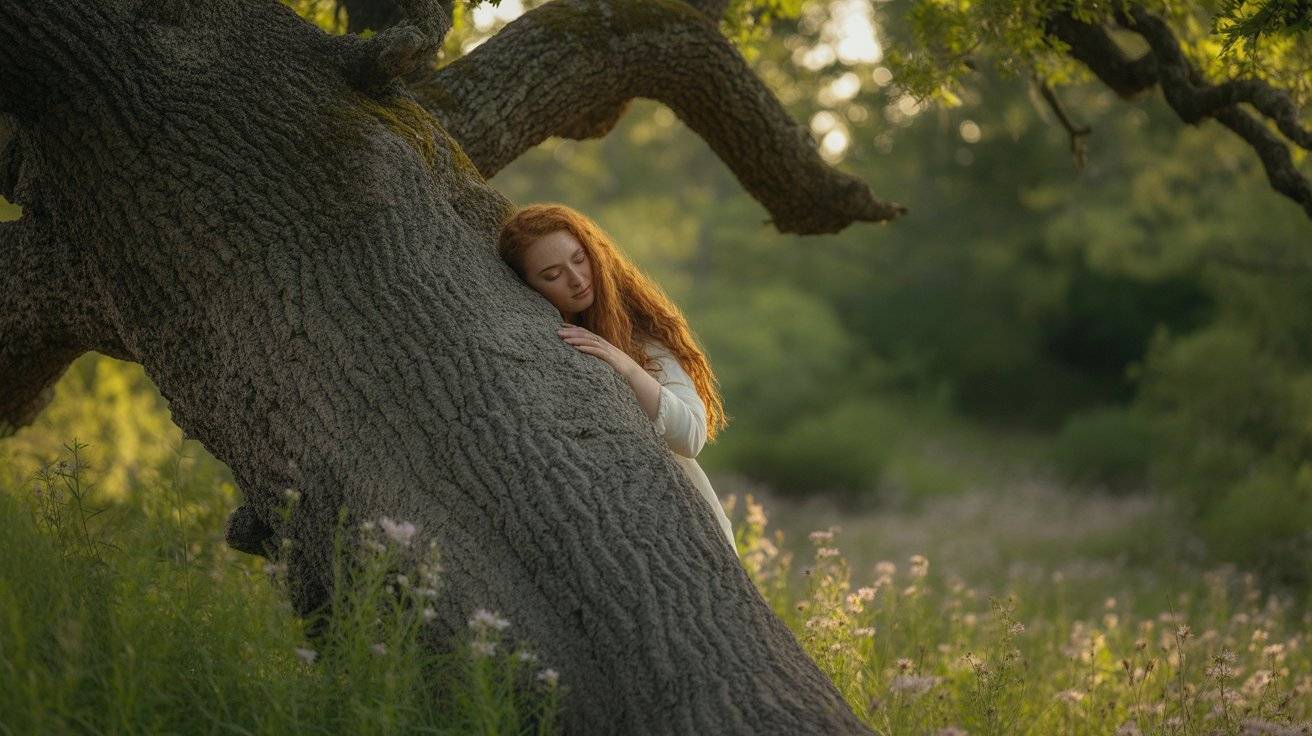
Jhanzaib Khan, with over 50 years of dedication to nature and tree conservation, is a leading authority in the world of trees and environmental care. From his early years exploring forests to guiding communities in sustainable tree planting, Jhanzaib has combined hands-on experience with a lifelong passion for the environment. He specializes in tree species identification, tree care, forest management, and environmental awareness. His insights have been featured in multiple nature blogs, workshops, and local conservation projects.

